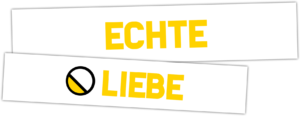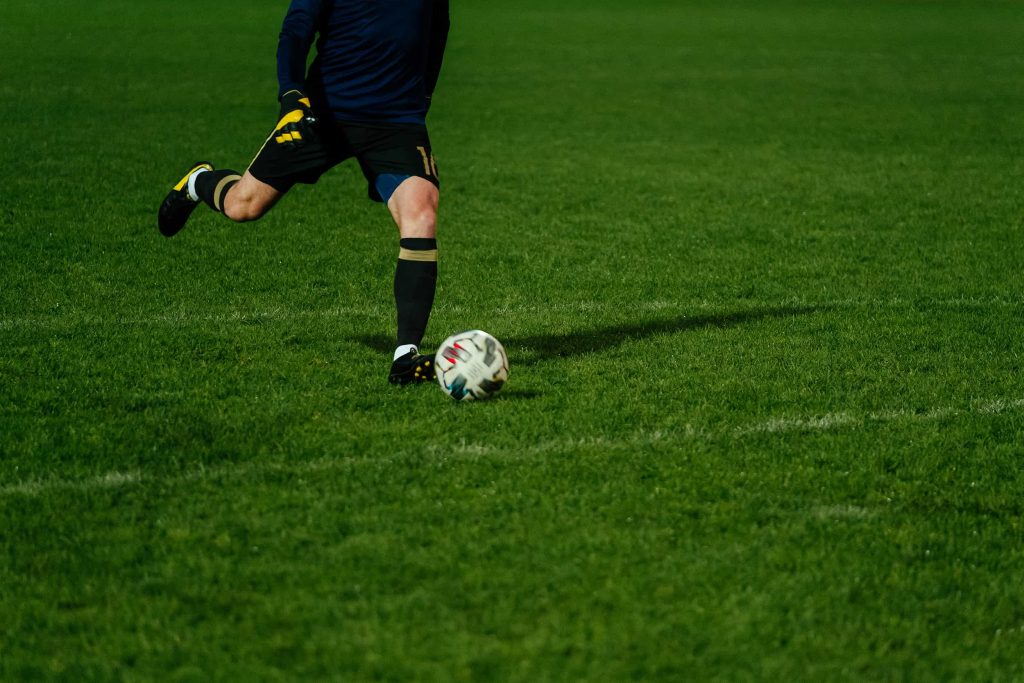This match analysis was first featured on our dedicated analysis site, totalfootballanalysis.com.
Borussia Dortmund successfully completed their qualification for the UEFA Champions League knockout round, after winning a point against Club Brugge this past Wednesday (28/11). The match was always going to be a tough battle for Lucien Favre and co. considering how difficult Brugge were to break down in the reverse fixture.
Lineups:
Borussia Dortmund (4-2-3-1): Burki; Piszczek, Akanji, Zagadou, Diallo; Witsel, Dahoud; Pulisic, Reus, Guerreiro; Alcacer
Club Brugge (4-4-2): Horvath; Mata, Poulain, Mechele, Denswil; Vormer, Nakamba, Amrabat, Dennis; Wesley, Vanaken
Compact Brugge Control Early Exchanges:
Brugge coach Ivan Leko changed his side’s formation from the previous game to a 4-4-2. It was most likely due to personnel changes that he was unable to set his side up in the 3-5-2 shape that worked so well in the reverse fixture.
Lucien Favre anticipated the challenge of having to attack a well-organised dense defensive unit and utilizing the full width of the pitch was one of the ways he sought to combat this. He played two left-footers on the left wing for the first time this season with Diallo and Guerreiro, while Piszczek and Pulisic provided full width on the right. Mahmoud Dahoud replaced Thomas Delaney in the starting line-up, which meant that Favre also sought the distribution skills Dahoud, which was one of the reason’s Dortmund snuck in a late winner in Belgium.
The game began well for the visitors as they defended using a position-oriented zonal marking system in deep midfield. They sought to remain in positions in relation to their teammates and shift towards the ball while waiting for an opportunity to press. Although a relatively passive approach to defending it worked against a Dortmund side that lacked tempo in their passing. Brugge, knowing that Dortmund’s main attacking focus would be creating space in behind their midfield lines, remained compact horizontally and vertically.
Wesley and Vanaken blocked passing lanes into any Dortmund midfielder positioned in the centre, within Brugge’s defensive block. This ensured that Dortmund were forced to play in the wide channels as they had no access to the interior. They ended up passing laterally whilst in possession for long periods of time, which was just what Brugge had aimed for.




Could Dortmund have done more to find space in behind Brugge’s midfield line? Certainly. Firstly they should’ve advanced up the pitch much quicker than they did. They spent too much time building up conservatively, which allowed Brugge to get organized into their defensive block. Secondly, they could’ve utilised the far spaces more often than they did. When building up on the left for instance, the far side was often underloaded. Instead of switching play laterally they could’ve used the diagonal passing range of Dahoud. Or had they had access to space by increasing the speed of their build-up play, they would’ve been able to create connections between their forwards to switch-play, combine and create goalscoring chances.
Reus and Pulisic both had great chances to score but they came from a long pass from deep and a Brugge error in which they failed to clear possession. However, Dortmund’s primary attacking strategy ultimately failed in the first half.
Dortmund Fail To Utilise Possession In Second Half:
As Brugge’s pressing intensity diminished towards the end of the first half, Dortmund had more and more access to valuable attacking zones. In the second half, however, Brugge’s pressing intensity almost dropped and there was very little pressure on Dortmund while they had possession in midfield.
The first thing this allowed Dortmund to do, was to add an extra player to attack. Dahoud, in particular, was now free to support the forwards in and around the final 3rd rather than acting as a second deep-lying playmaker which he did in the first half. Alcacer’s shot early in the first half displayed how much more effective Dortmund could be when they created an extra man with good positioning.

Brugge’s lack of intensity meant that they struggled to create good cover during Dortmund’s passing sequences. They did so well in the first period and maintained defensive balance on the far side. But in the second half, they gave Dortmund the opportunity to attack openings that they had so brilliantly defended in the first half. Wesley and Vanaken no longer put pressure on Akanji and Zagadou and were unable to consistently block passing lanes into central areas. Although they defended relatively passively in the first half, they still had good control over space in their own defensive zones. Now, however, Dortmund had complete control over the ball and space in Brugge’s half.

Dortmund’s inability to utilize the large amount of possession they had was down to the movement and quality of their actions. With access to the half space and an extra man in attack, they managed on several occasions to get into valuable areas in and around the box. Unfortunately, they were slow and predictable especially in crossing situations where they should’ve been more creative. Jadon Sancho’s introduction in the 72nd minute perhaps happened too late because he was unable to have an impact on the game. Paco Alcacer struggled to provide a clear reference in attack and did little to trouble Brugge’s backline and most of the attacking burden was placed on Reus. Pulisic and Guerreiro and eventually Sancho lacked the quality to change the match. Although many promising situations arose in the final 3rd, Brugge almost always recovered, with Dortmund’s attacks constantly breaking down at the final moment.
Conclusion
The game ended in a 0-0 draw, which was satisfactory for Dortmund but the persistent theme of opportunistic attacking against highly organized defences is Dortmund’s biggest weakness currently. Should they continue their winning ways in the Bundesliga until the end of January, it’s highly unlikely that their title challenge will be threatened by any of their other rivals. However, what is also unlikely is further progression in the Champions League. There’s been bare evidence in several games that the direct attacking style of Dortmund, can be easily nullified against compact and coordinated defences. Whether Lucien Favre finds solutions to this problem remains to be seen. But anyway, it’s on to the Freiburg game we go!
If you love tactical analysis, then you’ll love the new magazine from totalfootballanalysis.com – 118 pages of pure tactical analysis covering topics from the Premier League, Serie A, La Liga, Bundesliga and many, many more. Get your copy today for just £4.99 here!



